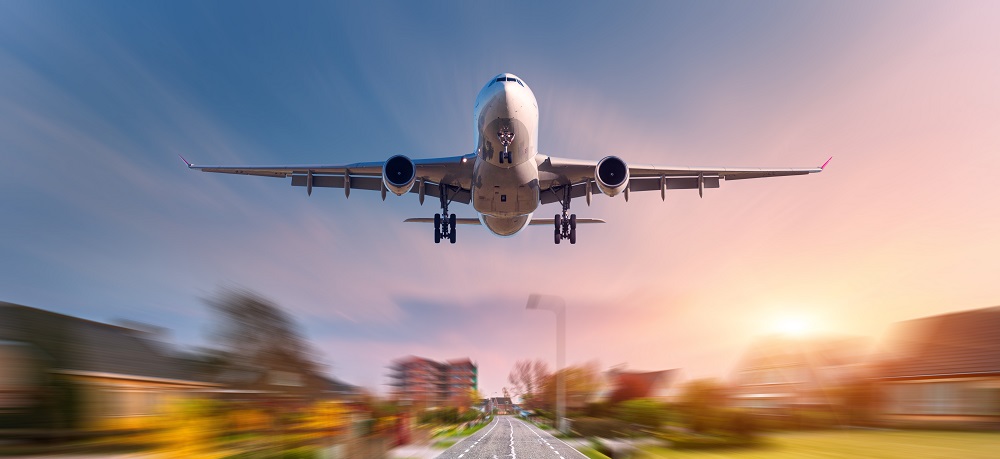In a recent episode of the Loylogic podcast, Evert De Boer, CEO and co-founder of Fidivio, and Managing Partner at On Point Loyalty, joins Gabi Kool, CEO of Loylogic, to discuss how the full potential of airline loyalty can be realized.
Here, we share five key takeaways from this insight-packed conversation:
1. Knowing the value of an airline loyalty program is one thing. Knowing how to drive profitability is another.
Today, board members and the C-suite have an increased knowledge and appreciation of the potential profitability of their airline loyalty program. But that's not to say they have a full understanding of the drivers of profitability and the levers that they have at their disposal. When it comes to implementing the correct strategy and organizational structure, I think we still have some way to go.
In addition, many program managers are still struggling to extract the full value of what airline loyalty departments can unlock for an airline. Governance is key, because there are still many airlines where it's extremely hard for people running the FFP departments to be true partners to their non-air partners in the schemes. A lot of partners would sometimes struggle with limited exposure to the database, or the marketing that they can send out via the programs.
Listen to further insights on this topic from 7:45.
2. Programs can deliver higher operating margins by focusing on redemption costs.
There are all kinds of levers to play with, but what’s often forgotten is the impact that redemption cost can have on margins, especially when you consider it’s where 70% of costs are sitting in programs.
In the podcast, Gabi explained: "If you can lower the cost per point on the redemption side, then by definition, you will increase your operating margins. There's an interesting trend that we foresee around quick micro redemption options. For example, if you can encourage members to use miles or points for sweepstakes/raffles at a much lower cost per point, but do it in a way that members enjoy and find fun, then you can deliver a large impact on the overall weighted cost per point and improve operating margins. This also technically allows programs to reclassify any outstanding points liability against the lower weighted cost per point across all redemption categories.”
Listen to further insights on this topic from 15:55.
3. Speed and precision are critical to airline loyalty program success.
What drives success in an airline loyalty program. For Evert, it all comes down to utility in the currency, meaning it's easy to earn, there are no complex terms or conditions, it's intuitive, it makes sense and members will go out of their way to get their hands on the points.
Evert commented: "I think a program can achieve that when the program can move with speed and precision. And what I mean by speed and precision is that you run a loyalty business that puts out an attractive currency, effective partnerships, it can move rapidly, it's not bogged down by IT issues. Precision is important because it implies having control over the performance of the business. If I pull this lever, this is what will happen to my yields. If I pull that lever, this is what will happen to my cost per point to my breakage. If we look at programs, or loyalty companies that we think are very successful, I think these are the common characteristics."
Listen to further insights on this topic from 17:41.
4. There’s an opportunity for airlines to develop structures that will deliver ongoing growth.
According to Gabi, there are plenty of opportunities for airlines to innovate and drive program growth, with the largest being present in the daily online shopping lives of their members.
“If you look at the P&L of frequent flyer programs, co-branded credit cards have counted for ages as the most important accrual partner in the program,” he discussed. I think there's a similarly large opportunity existing in the space of affiliate marketing connected to the online spend of members, but not in a way that it has been done for the past two decades.”
Listen to further insights on this topic from 21:57.
5. Now is the time to reimagine how rewards shops look.
As the airline industry has emerged out of the COVID-19 pandemic, airlines have rationalized their capacity and a lot of load factors are higher, meaning reward seats are harder to get than pre-pandemic. This is resulting in a lot of pushback in the media recently, resulting in non-air rewards needing to play a more significant role.
As we discuss in the podcast, this leads onto the ability to have a lower weighted cost per point for rewards redemption, a chance to offer different rewards options for different members according to tiers, and different brand partnerships coming into play to ensure exclusive offerings that incentivize points or miles collection. Ultimately, rewards require a lot more imagination.
Listen to further insights on this topic from 23:34.



